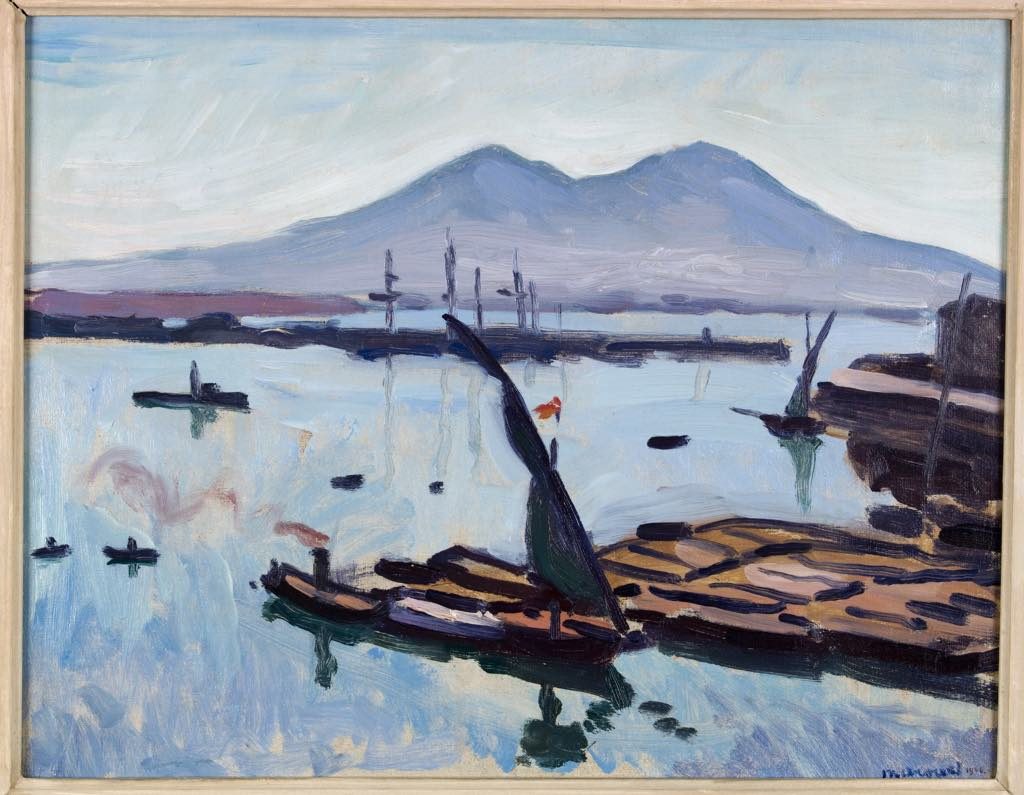
What better place to see an exhibition of Albert Marquet’s paintings of Mediterranean ports than Sète, the fishing port he fell in love with while traveling with a group of friends in 1924. He liked it so much that he told them to go on without him and settled down in Sète for the summer. The Musée Paul Valéry in Sète is now returning the favor with its summer exhibition, ”Marquet: La Méditerranée, d’une Rive à l’Autre.”

Marquet’s love for Sète didn’t stop the travel-loving artist from circling the Mediterranean and discovering the other cities and cultures it had to offer. Over the years, he visited and painted ports all around the Med, from Algeria to Italy.
The painter had already given up his Fauvist tendencies by the time he first discovered the Mediterranean in 1905. Recent success in selling his work allowed him to leave Paris and begin to travel. Each time he rolled into a new city, he would find a hotel with a room that offered a view of its port from his window – like his friend Matisse, he liked to paint from this point of view. And like Matisse, he also made wonderfully simple, suggestive line drawings, a group of which are included in the exhibition.
Most of the paintings in this show share the same subject matter: a port scene with a closed horizon in the background, boats in the water and little human figures – sometimes almost stick figures – scurrying around in the foreground. The difference is in the details of the landscapes and the various elements of each scene, and, perhaps most importantly, in the light and colors.

Like Monet, Marquet often depicted the same scene in different weather, lighting conditions, seasons and times of day, always trying to get them right in his search for “authenticity.” The predominant colors are watery greens and blues, but there is often a vibrant patch of contrasting color livening up the scene: a yellow sail, for instance, as in “Battleships, Venice” (1936), in which the cheery sailboat contrasts with the grim threat of the hulking warships behind it.
While there is nothing revolutionary or avant-garde about these pretty pictures, which have probably inspired many a Sunday painter, they have an alluring charm that never fails to work its magic. Going to Sète this summer will bring you close to the waters of the Mediterranean in more ways than one.
Favorite